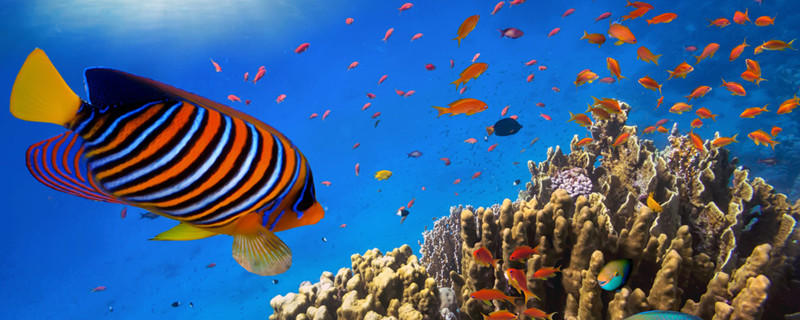
Fish have hearts. It belongs to vertebrates, which all have hearts, but compared with terrestrial animals, fish's heart is relatively low, with only one atrium and one ventricle, but the role is almost the same, squeezing to promote blood circulation. Usually the heart feeds the fish near the gills, in its neck.
1. Fish gills: Unlike animals in the open air, most fish live in the water all their lives, so they must obtain oxygen from the water, which depends on their gills. Fish can swallow water from their mouths and then expel it from their gills, and when they drain, the blood vessels in the gill filaments complete gas exchange.
2. Fins: Fins are as important to fish as limbs are to humans. With them, fish can swim better in the water. The caudal fin provides power, the pectoral fins and pelvic fins provide balance so that the fish can swim faster, and their special body shape is also helpful for swimming.
3. Fish scales: Most fish have a layer of scales on their body surface. Fish scales can play a protective role to reduce the invasion of pathogens into the fish body. At the same time, the special structure can also reduce the resistance in swimming, so that they can swim faster.
4. Swim bladder: The swim bladder is an important organ of most bony fish. It stores and releases gas so that the fish can float and dive in the water. In addition, for some fish, the swim bladder can also play a role in assisting respiration.